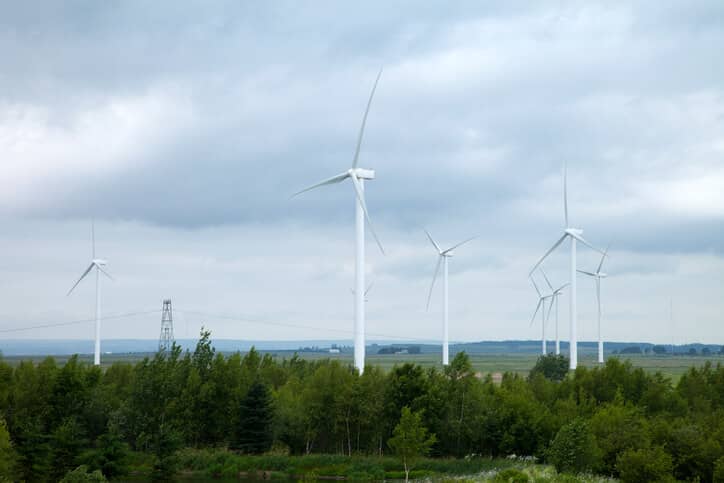The American Wind Energy Association (AWEA) has released model legislation designed to help states prepare for the “consumer-driven electrification boom.”
The model legislation is based on findings in AWEA’s new study, “A Shared Future: Electrification and Renewable Energy.” The report offers insights to electricity providers, state legislators and regulators as they develop electrification strategies. It advocates for a comprehensive approach that includes electric vehicle (EV) charging infrastructure investment, renewable energy additions and transmission expansion.
“The wind industry stands ready to help states meet their energy goals and consumer preferences in an increasingly electrified economy,” says Susan Sloan, vice president of state policy at AWEA. “Wind is already a healthy part of strong economies in places like Texas, Iowa and California. That success story will reach even more Americans with state policies in place that support investments in renewable energy, transmission and EV charging infrastructure.”
Citing the National Renewable Energy Laboratory, AWEA says electrification could increase electricity load growth by up to 38% nationwide by 2050. Consumer-driven adoption of EVs, among other forms of transportation electrification, will account for the most significant demand increases, and wind is ideally suited to meet this growing demand, AWEA notes.
“Mass electrification across multiple sectors is a consumer-driven trend state legislators and regulators need to prepare for today,” comments Hannah Hunt, AWEA’s deputy director of electricity policy and demand. “This report offers solutions for state-level stakeholders at every stage of the electrification process, with a focus on tapping the unique potential of wind energy and investing in critical energy infrastructure.”
According to AWEA, the model legislation included in the report can be used by states either looking to expand their existing electrification strategies or introducing legislation for the first time. It is designed to be tailored to each state’s own needs. All of the report’s resources are consistent with the Transportation Electrification Accord, which AWEA signed last year alongside automakers and electric utilities, consumer advocates, labor groups, and other organizations.




